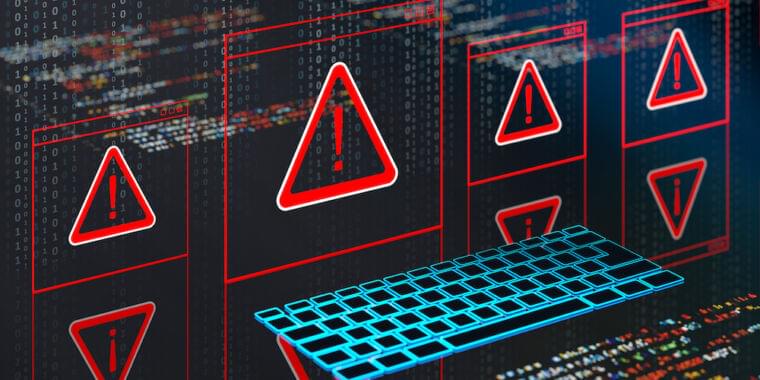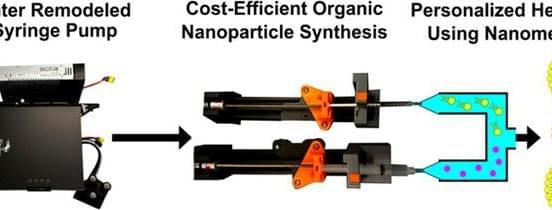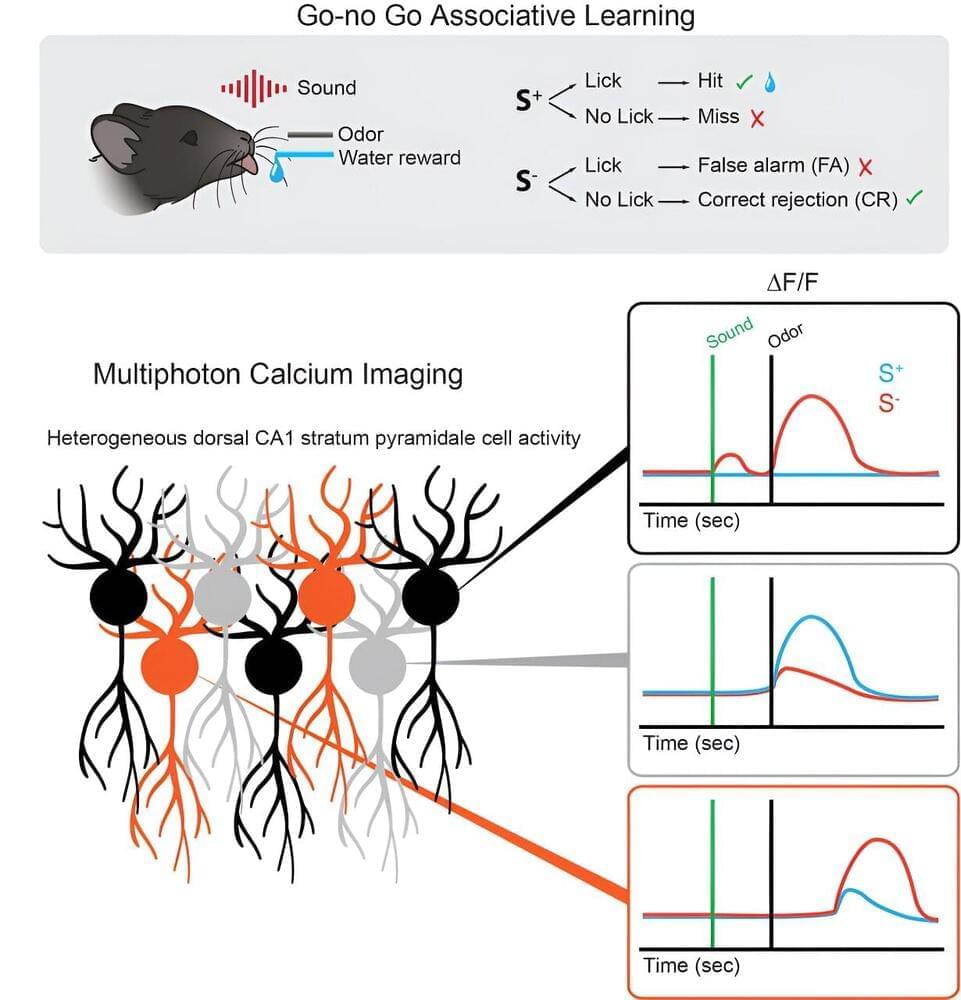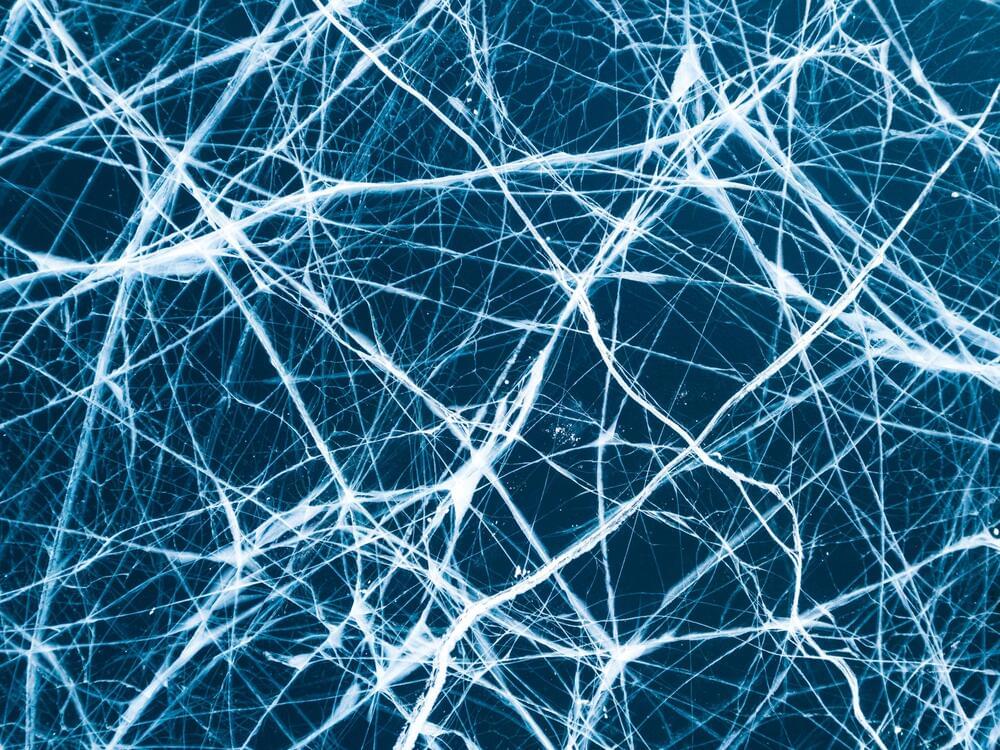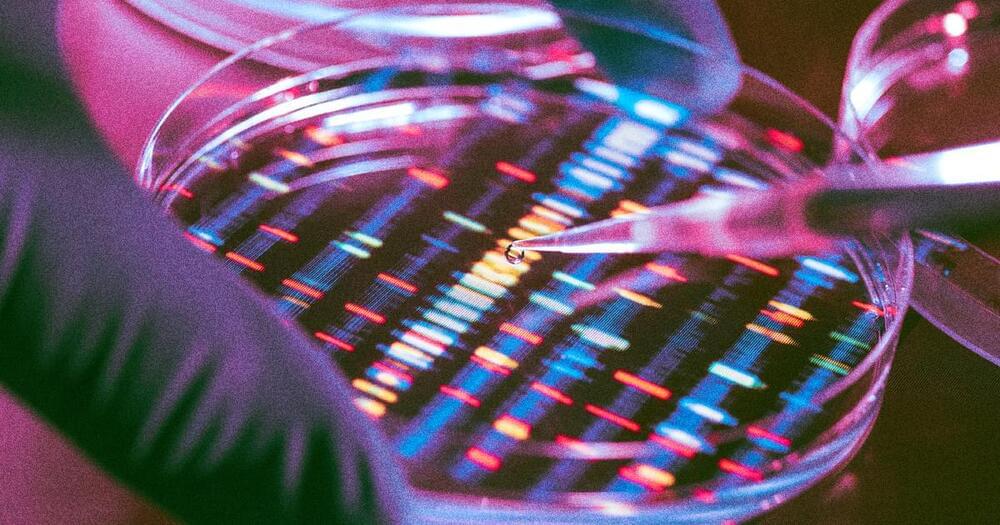Stefan Wilhelm, an associate professor in the Stephenson School of Biomedical Engineering at the University of Oklahoma, and several students in his Biomedical Nano-Engineering Lab have recently published an article in the journal Nano Letters (“Toward the Scalable, Rapid, Reproducible, and Cost-Effective Synthesis of Personalized Nanomedicines at the Point of Care”) that outlines their recent important nanomedicine advancement.
The group examined how to create tools that produce nanomedicines, such as vaccine formulations, directly at the point of care. In doing so, the large centralized facilities, shipping challenges, and extreme cold storage challenges faced during the COVID-19 pandemic would no longer limit vaccine distribution.
Wilhelm, with student researchers such as Hamilton Young, a senior biomedical engineering student, and Yuxin He, a biomedical engineering graduate research assistant, used 3D printer parts to mix fluid streams together containing the building blocks of nanomedicines and their payloads in a T-mixer format.


